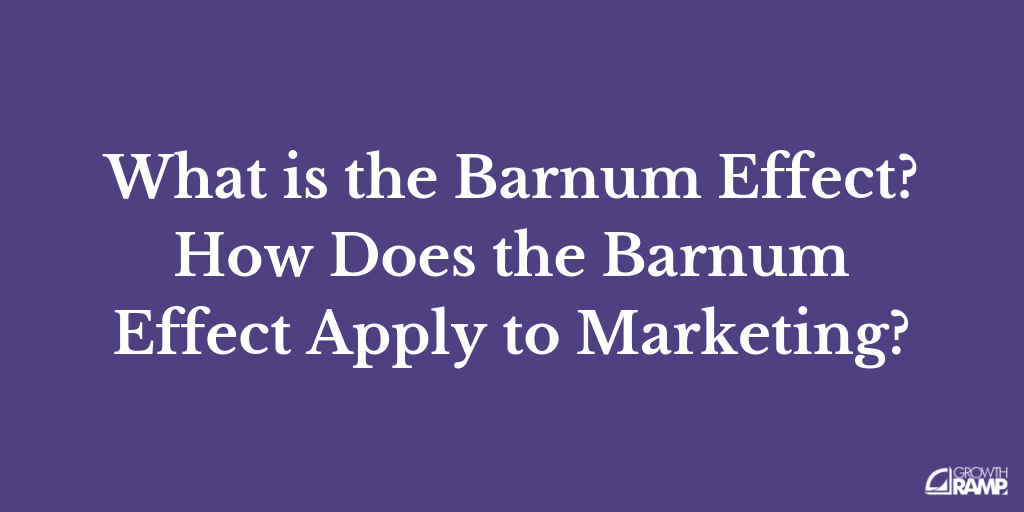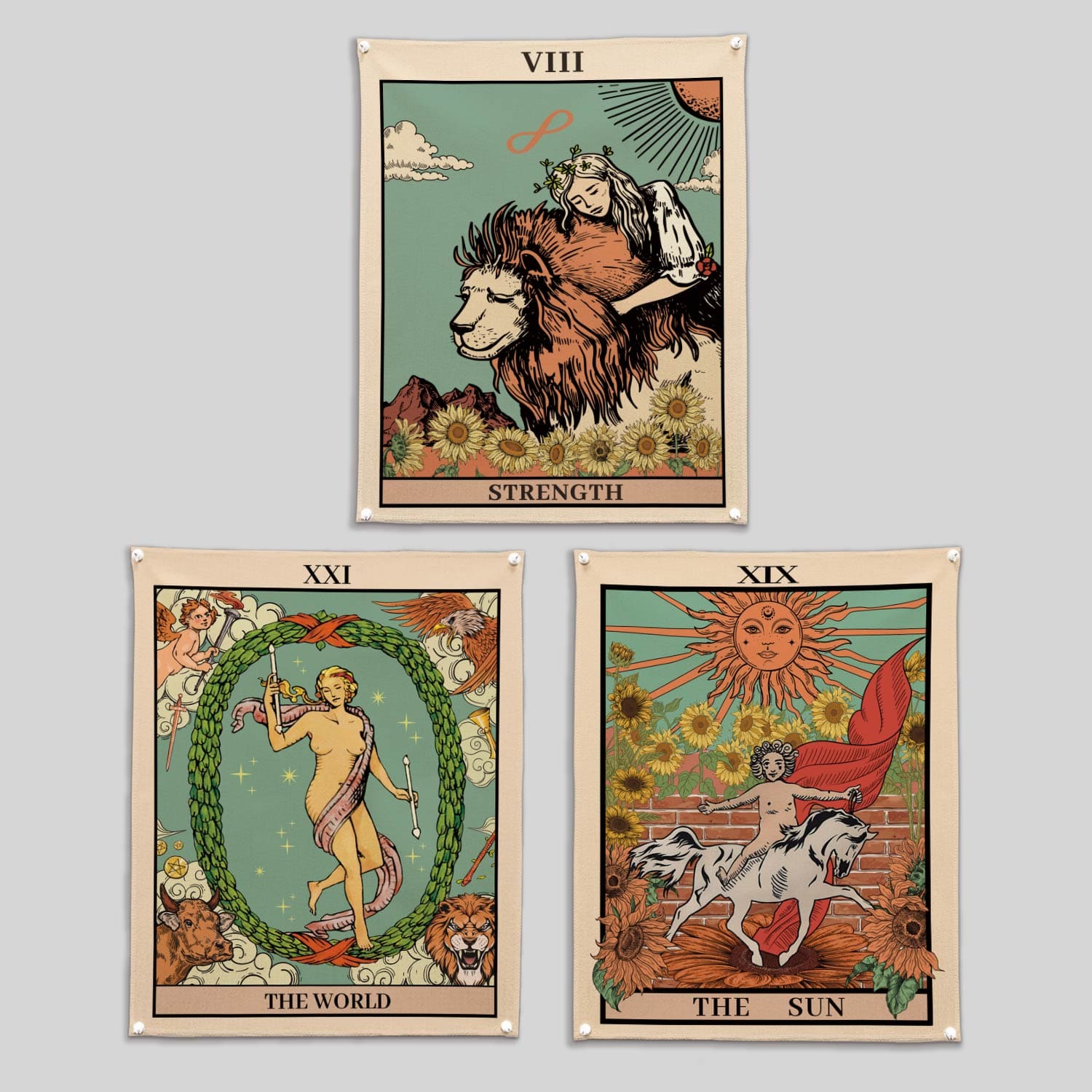
The World (XXI), the 21st and final trump card in the Major Arcana Sequence, is It is both the past and future. It signifies global cooperation and understanding. It is a symbol of a world full both of opportunities and problems. Although the World is often perceived as a "bad card", it actually conveys a positive message.
Meaning
The World is the 21st card in the Major Arcana deck. This is the last card in the sequence. This card represents all aspects of the world.

Interpretation
The World (XXI) is the 21st of the trump cards and the last card in the Major Arcana sequence. It is often regarded as a symbol for progress and change. It is also one of the most universal cards.
Significance
The World tarot card is a favourable card to draw when you're seeking to achieve something significant in life. It can signify anything from the fulfillment or a new love, to the fulfillment of long-held dreams. It can also indicate that things are finally coming together. You've planted the seeds of your life, and now it's time to reap the benefits of your hard work.
Symbolism
The World card is one of the more positive cards in the tarot deck. This card, which is the last card in the major arcana can signify a successful conclusion. It can also signify the need to move on. Understanding the meaning of this card can help you appreciate your accomplishments and acknowledge the need to move on. Symbolism in World Tarot Card means that you must be aware of your current situation to move forward confidently.

Inverse meaning
The reversed meaning of the World Tarot card can indicate that your path is difficult. External influences can impede your progress, even if you are doing everything right. You may find it difficult to achieve your goals because of insecurity or past problems. The card could also indicate failure.
FAQ
Is it possible make a living from a hobby?
Not necessarily.
If you are interested in starting a business that is based on your hobby you can be a millionaire.
For example, let's say you're a fan of cooking. You love healthy food and decided to open a restaurant.
Customers are charged a small fee for organic food made from scratch.
You grow your clientele and eventually you hire employees who can work with you.
You can eventually expand your menu to include vegan and gluten-free dishes.
This scenario allows you to have the lifestyle you want and a business you can be proud of.
However, you don't have to quit your day job.
You could instead run your own restaurant and still hold your 9-5 job.
Can I make a living from my hobby and earn money?
Many hobbies can bring in extra income.
If you're passionate enough about your hobby, you may decide to sell items related to it.
A website might be a good idea if your hobby is collecting stamps.
This will allow you to earn additional income without having go through the hassles of buying and selling stamps.
Another option is to start a YouTube channel in which you discuss your hobby.
This allows for you to share your passions with others and can potentially generate additional income by providing premium content.
What are educational hobbies?
An educational hobby is an activity where you learn something by doing it. This could include anything from learning to play an instrument to playing sports.
It should be enjoyable and have fun. You don't have to do it all the time, but if you find yourself getting bored, then you need to think about what else you could be doing instead.
These activities can also be costly so make sure you don't spend too much.
Why do we have hobbies?
Hobbies are an important part of our lives because they give us time to relax, unwind, think creatively, exercise, socialize and enjoy ourselves. They also provide us with opportunities for learning new skills and developing valuable life-long interests.
Hobbies give us meaning and purpose in life.
They are often a great way to spend free time when you don't have much else going on.
They're also fun!
If you don’t make time for a hobby then it’s probably not worth your time.
Take a look at the many options that are available to you. You might consider starting a hobby if you don't already have one.
Statistics
- 37% Video Games 36% Travel 36% Health and Fitness (quizexpo.com)
- Almost 80% of people claim to have no hobby. (hobbylark.com)
- Much of this decline reflects the fact that teens are less likely to work today than in the past; among employed teens, the amount of time spent working is not much different now than it was around 2005. (pewresearch.org)
- The Role of the Mind in Sex, Dating, and Love: Men in the “humor” condition received phone numbers from 42.9% of the female participants and were refused 57.1% of the time. (time.com)
- In comparison, men in the “no humor” condition were refused 84.6% of the time and were only accepted 15.4% of the time. (time.com)
External Links
How To
How to get started gardening
Gardening is one the oldest forms. It requires persistence, patience, and determination. The first step to starting a garden is to pick a spot where you will grow food. You could choose to plant food on a large parcel of land, or in your own backyard. Next, decide what type of plants you want to grow. Do you prefer vegetables, or flowers? Some people are passionate about growing herbs, while others like raising livestock like rabbits. You should consider how much space you have available before deciding what types of crops you plan to plant. You might consider growing berries or fruits if you live in a cold climate.
Once you have selected the plants you wish to plant, you should prepare your soil. How your plants perform is dependent on how well the soil you use. Organic matter is essential for the health and well-being of your plants. Organic matter includes leaves, twigs (grass clippings), manure, compost, and manure. After you have prepared the soil, you will need to add nutrients. You may need different amounts depending on what type of plants you are trying to grow. An online fertilizer calculator can help you calculate these values. There are many fertilizers to choose from, so it is important that you are familiar with the product you are using.
After you have prepared the soil and added nutrients, it is time to wait for your seeds germination. This can take anywhere from two weeks to three months depending on where you live and how warm it is. After seeds have sprouted, water them every day. Problems can arise if you water your plants too frequently or too little. Make sure to give your plants water at regular times and not overwater. Overwatering could lead to root rot as well as fungal diseases. When watering your plants, remember that most plants require less water during the warm summer months than in winter. You should also remember that some plants will need to dry out once they have been watered. For example, tomatoes need to stay slightly moist but not wet. They won't tolerate soggy soil. After plants finish flowering, they need to go dormant. The time when plants stop producing new life and store energy for the next season is called dormancy. Dormancy occurs when the plant stops sending signals that tell its roots to produce food. During this period, plants continue to store energy. Plants will soon die if they are exposed to too much or too cold temperatures.
Urban areas can limit your choices for plants. Concrete sidewalks, roads or parking lots can block sunlight from reaching urban areas. Concrete absorbs light which blocks sunlight from reaching the ground below. Many plants are unable to survive in urban areas due to the lack of sunlight. Many plants can still thrive in urban settings. Many trees, shrubs and perennials can thrive in urban environments. Many annuals are also possible to grow indoors in containers. Container gardens allow you to bring fresh greenery into your home year-round regardless of the weather outside.
Now that you have decided where to place your garden, chosen what you will grow, and prepared your soil, you are ready to plant!